Subscribe to our ▶️ YouTube channel 🔴 for the latest videos, updates, and tips.
Home | About Us | Contact Us | Privacy | Math Blog
Large Number
Here we will discuss how to read and write large numbers.
Reading a large number:
In order of reading a large number, of a five digit number, we must separate the digits according to the period.
(i) 72418
Starting from the right, separate the ONES period by marking a comma after three places as the ONES period has three places.
72 418↓ ↓
↓ four hundred eighteen
Seventy two thousand
The numbers formed by the digits in one period are read together, along with the name of the period.
Seventy two thousand four hundred eighteen
(ii) 36432
Thirty six thousand, four hundred thirty two
(iii) 40219
Forty thousand, two hundred nineteen
(iv) 51708
Fifty one thousand, seven hundred eight
(v) 29161
Twenty nine thousand, one hundred sixty one
Ones, tens, hundreds which belong to the ONES period.
Thousand, ten thousand which belong to the THOUSANDS period.
The number represented in the first example is 12452 and read as:
Twelve thousand, four hundred fifty two
The number represented in the second example is 20275 and read as:
Twenty thousand, two hundred seventy five
Note: ‘And’ is not used in a number line.
Writing large numbers:
1. To write the numerals for; eighty nine thousand seven hundred four, we write the digits in a place value chart.

Then we write the numeral, using a comma to separate the ONES from the THOUSANDS 89,704.
To read and write a large number like 6 digit, 7 digit numerals.
In the place value chart, the sixth place is that of hundred thousands and the seventh place is of millions.
To read and write six or seven digit numerals we will need to use commas in two places.
One comma to separate the ONES and THOUSANDS period and one comma to separate the THOUSANDS and MILLIONS period.
Writing Large Numbers in Figures
2. Write the number-five lakh, five thousand, six hundred twenty-nine in figures.
We proceed as follows:
Step I: Make three periods as shown below.
The first period from the right will have three parts, the second will have parts and the third will have only one part.
Step II: Write all the lakhs in the first period from the left.
Step III: Write all the thousands in the second period from the left. We fill all the parts. For example, if it is 5 thousand, we write 05.
Step IV: Write the hundreds, tens and ones in the third period from the left.
Thus, five lakh, five thousand six hundred twenty-nine in figures is 5,05,629.
More Solved Examples on writing large numbers in figures:
3. Write each of the following numbers in figures:
(i) Eleven thousand six hundred twenty-one.
(ii) Forty-one thousand two.
(iii) Five lakh thirty-six thousand five hundred twenty.
(iv) Eight lakh three thousand ninety-two.
Solution:
3. (i) Eleven thousand six hundred twenty-one.
(ii) Forty-one thousand two.
 |
→ 41,002 |
(iii) Five lakh thirty-six thousand five hundred twenty.
 |
→ 5,36,520 |
(iv) Eight lakh three thousand ninety-two.
REMEMBER: 0 at the extreme left position is meaningless.
0458 is actually 458.
How to Write a Large Number in Words and figures?
Let us consider the number 449321 the number 449321 is shown in the place value chart as shown below.
The number 449321 is written in words as four lakhs, forty nine thousand three hundred twenty-one. The number in figures is written by putting commas as 4,49,321.
Place Value:
A numeral gets its value according to the place it is located in. Each digit has a face place and a place value. The face value is the digit itself. The face value multiplied by the value of the location gives the place value.
In the numeral 257;
The face value of 5 is 5. The place value is 5 tens or 50
The face value of 2 is 2. The place value is 2 hundreds or 200
Read the place value of each digit of large numbers:
(i) 46,215
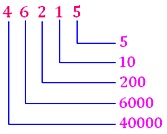
The place value of
5 = 5 × 1 = 5 Ones = 5
1 = 1 × 10 = 1 Tens = 10
2 = 2 × 100 = 2 Hundreds = 200
6 = 6 × 1000 = 6 Thousands = 6000
4 = 4 × 10000 = 4 Ten Thousands = 40000
(ii) 724,948
The place value of
8 = 8 × 1 = 8 Ones = 8
4 = 4 × 10 = 4 Tens = 40
9 = 9 × 100 = 9 Hundreds = 900
4 = 4 × 1000 = 4 Thousands = 4000
2 = 2 × 10000 = 2 Ten Thousands = 20000
7 = 7 × 100000 = 7 Hundred Thousands = 700000
Worksheet on Read and write a large number in words and figures:
I. Write the numerals for the given numbers:
|
S.No. |
Number Name |
Number |
|
(i) |
Six lakh, fifteen thousand, eighty-four |
__________ |
|
(ii) |
Twenty thousand, nine |
__________ |
|
(iii) |
Four lakh, thirty-two thousand, seven hundred ninety-two |
__________ |
|
(iv) |
Three lakh, twelve thousand, eighteen |
__________ |
|
(v) |
Nine
lakh, eighty-eight thousand, ninety-eight |
__________ |
Answers:
I. (i) 6,15,084
(ii) 20,009
(iii) 4,32,792
(iv) 3,12,018
(v) 9,88,098
II. Write the number name for the given numbers:
|
S.No. |
Number |
Number Name |
|
(i) |
1,38,640 |
______________________________ |
|
(ii) |
7,08,241 |
______________________________ |
|
(iii) |
9,00,002 |
______________________________ |
|
(iv) |
7,77,777 |
______________________________ |
Answers:
II. (i) One lakh, thirty-eight thousand, six hundred forty
(ii) Seven lakh, eight thousand, two hundred forty-one
(iii) Nine lakh, two
(iv) Seven lakh, seventy-seven thousand, seven hundred seventy-seven
III. Write the number names for the numbers in the given statement:
(i) The population of our city is 8,91,000
(ii) The OTP for the purchase is 1,92,064
Answers:
III. (i) Eight lakh, ninety-one thousand
(ii) One lakh, ninety-two thousand, sixty-four
IV. Write the number names for each of the following numbers:
(i) 45,609
(ii) 3,62,008
(iii) 7,83,542
(iv) 2,50,006
(v) 4,63,529
(vi) 6,53,008
(vii) 5,36,120
(viii) 8,00,092
(ix) 4,50,009
(x) 9,92,327
Answer:
IV. (i) Forty-five thousand six hundred nine
(ii) Three lakh sixty-two thousand eight
(iii) Seven lakh eighty three thousand five hundred forty two
(iv) Two lakh fifty thousand six
(v) Four lakh sixty-three thousand five hundred twenty nine
(vi) Six lakh fifty-three thousand eight
(vii) Five lakh thirty-six thousand one hundred twenty
(viii) Eight lakh ninety-two
(ix) Four lakh fifty thousand nine
(x) Nine lakh ninety-two thousand three hundred twenty-seven
V. Answer the following:
(i) The largest 6-digit number is ……………………
(ii) The smallest 6-digit number is ……………………
(iii) The difference between the largest and the smallest 6-digit number is ……………………
(iv) The largest 6-digit number formed by using both 0 and 1 equal number of times is ……………………
(v) The smallest 6-digit number formed by using different digits is ……………………
Answers:
V. (i) 9,99,999
(ii) 1,00,000
(iii) 8,99,999
(iv) 1,11,000
(v) 1,23,456
Vi. Write each of the following numbers in figures:
(i) Fifteen thousand, five hundred nine.
(ii) Six lakh, twenty-one thousand, two hundred twenty.
(iii) Nine lakh, thirty thousand, seven.
(iv) Three lakh, fifty thousand, two hundred five.
(v) Four lakh, seven hundred.
(vi) Eight lakh, five thousand, ninety six.
(vii) Five lakh, eight hundred twelve.
(viii) Five lakh, eight thousand, one hundred seven.
Answers:
Vi. (i) 15,509
(ii) 6,29,220
(iii) 9,30,007
(iv) 3,50,205
(v) 4,00,700
(vi) 8,05,096
(vii) 5,00,812
(viii) 5,08,107
Related Concept
● Numbers Showing on Spike Abacus.
● 1 Digit Number on Spike Abacus.
● 2 Digits Number on Spike Abacus.
● 3 Digits Number on Spike Abacus.
● 4 Digits Number on Spike Abacus.
● 5 Digits Number on Spike Abacus.
● Problems Related to Place Value.
● Example on Comparison of Numbers.
● Successor and Predecessor of a Whole Number.
● Formation of Numbers with the Given Digits.
● Formation of Greatest and Smallest Numbers.
● Examples on the Formation of Greatest and the Smallest Number.
4th Grade Math Activities
From Large Number to HOME PAGE
Didn't find what you were looking for? Or want to know more information about Math Only Math. Use this Google Search to find what you need.
Recent Articles
-
Successor and Predecessor | Successor of a Whole Number | Predecessor
Jul 29, 25 12:59 AM
The number that comes just before a number is called the predecessor. So, the predecessor of a given number is 1 less than the given number. Successor of a given number is 1 more than the given number… -
Worksheet on Area, Perimeter and Volume | Square, Rectangle, Cube,Cubo
Jul 28, 25 01:52 PM
In this worksheet on area perimeter and volume you will get different types of questions on find the perimeter of a rectangle, find the perimeter of a square, find the area of a rectangle, find the ar… -
Worksheet on Volume of a Cube and Cuboid |The Volume of a RectangleBox
Jul 25, 25 03:15 AM
We will practice the questions given in the worksheet on volume of a cube and cuboid. We know the volume of an object is the amount of space occupied by the object.1. Fill in the blanks: -
Volume of a Cuboid | Volume of Cuboid Formula | How to Find the Volume
Jul 24, 25 03:46 PM
Cuboid is a solid box whose every surface is a rectangle of same area or different areas. A cuboid will have a length, breadth and height. Hence we can conclude that volume is 3 dimensional. To measur… -
Volume of a Cube | How to Calculate the Volume of a Cube? | Examples
Jul 23, 25 11:37 AM
A cube is a solid box whose every surface is a square of same area. Take an empty box with open top in the shape of a cube whose each edge is 2 cm. Now fit cubes of edges 1 cm in it. From the figure i…







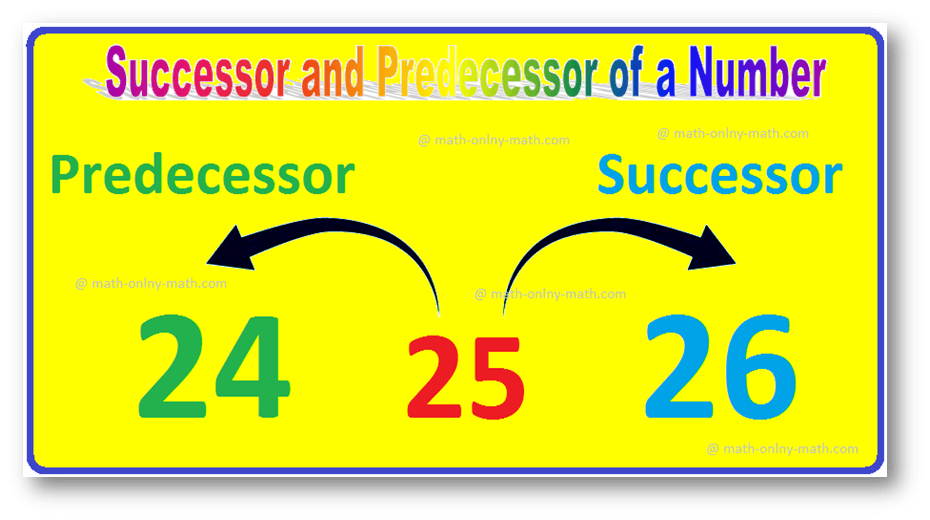

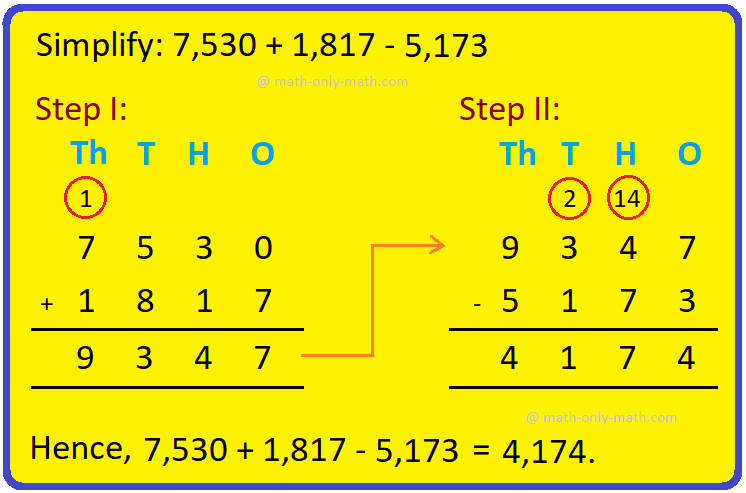
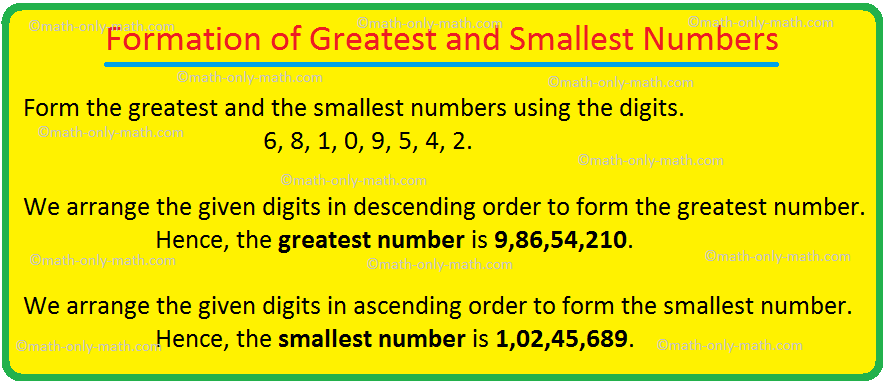
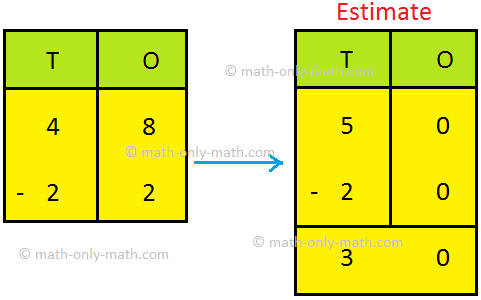

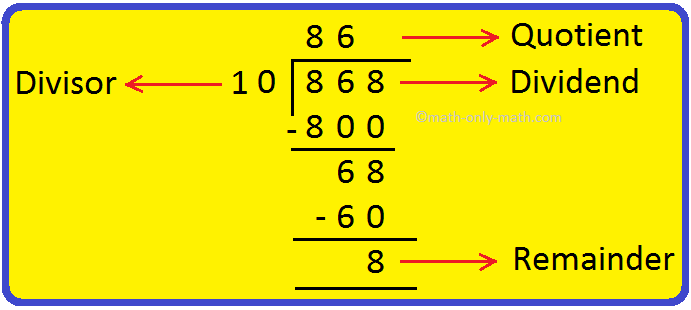
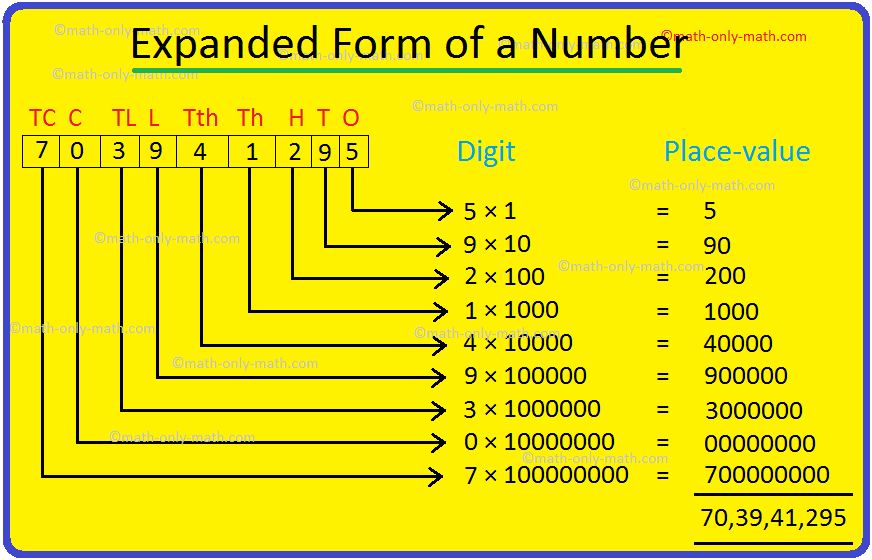
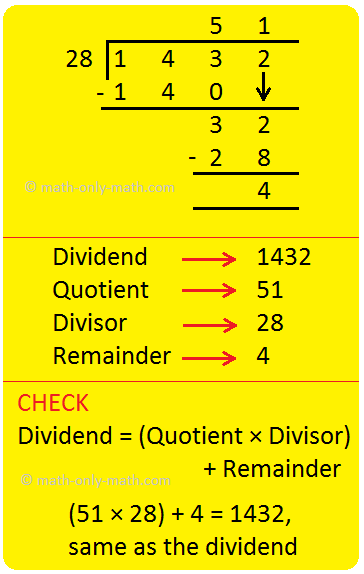

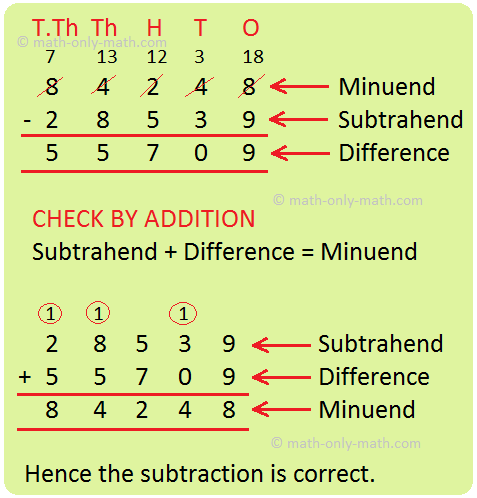


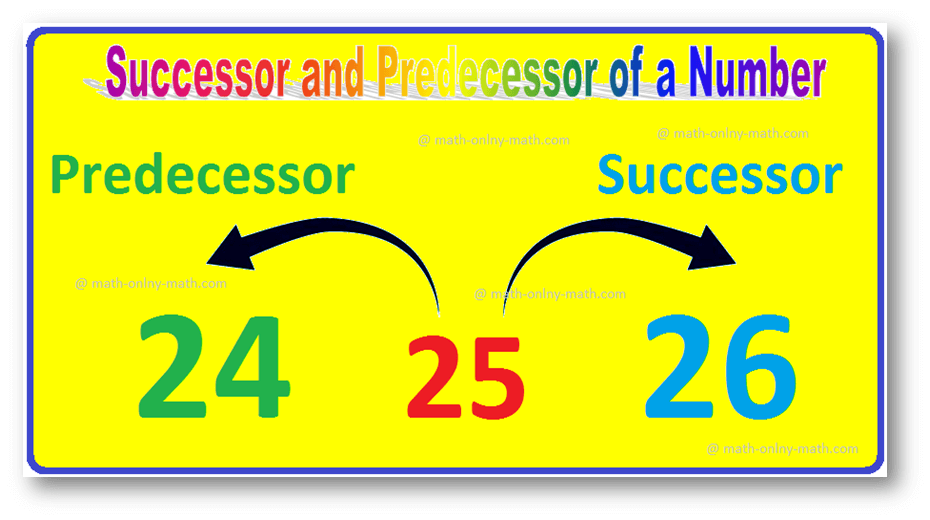




New! Comments
Have your say about what you just read! Leave me a comment in the box below. Ask a Question or Answer a Question.